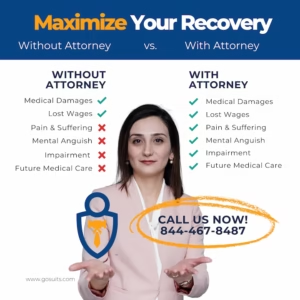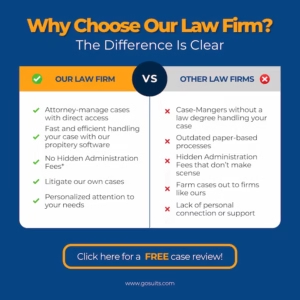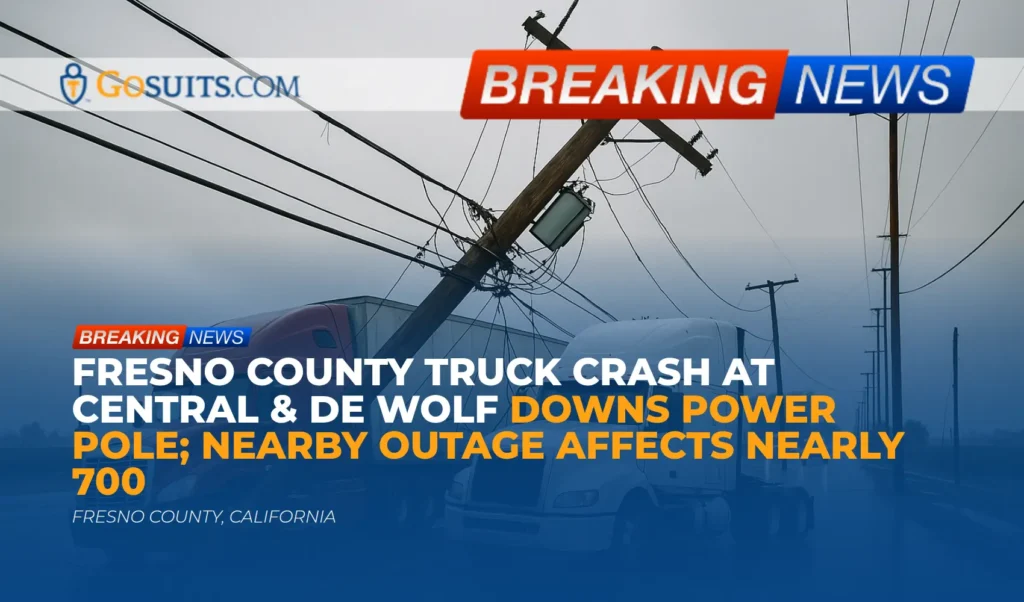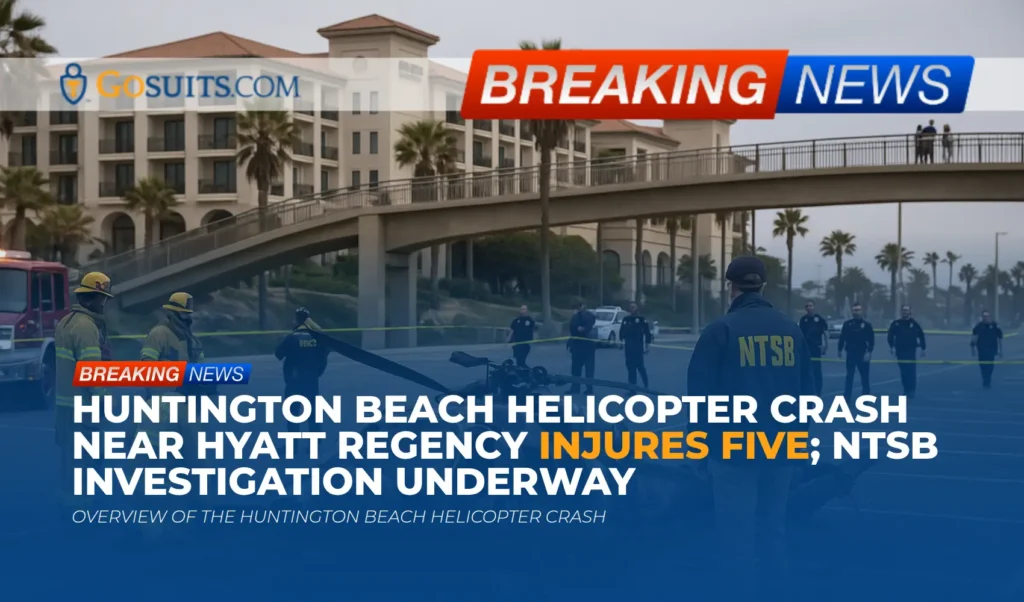A 32-year-old man died in a single-vehicle crash on Interstate 10 in San Antonio on Wednesday, May 21, 2025. The Bexar County Medical Examiner’s Office identified the victim as Arnulfo Ernesto Hernandez, who died from blunt force injuries sustained in the accident.
The crash occurred around 12:15 p.m. on Wednesday along Interstate 10 eastbound near the Roland Road exit. San Antonio police reported that witnesses stated Hernandez was traveling at an “unsafe speed” when he lost control of the vehicle and crashed into a guardrail. Hernandez was reportedly not wearing a seatbelt at the time of the accident.
Emergency responders rushed Hernandez to a local hospital with life-threatening injuries, but he was later pronounced dead. No other vehicles were involved in the crash. The Bexar County Medical Examiner’s Office ruled Hernandez’s death an accident.
Legal Aspects of Single-Vehicle Accidents
Single-vehicle accidents, while not involving a collision with another car, can still raise complex legal questions, particularly when determining fault and liability. In these types of accidents, the investigation often focuses on the driver’s actions and potential negligence, as well as other contributing factors.
Negligence and Unsafe Speed
In many single-vehicle accidents, negligence on the part of the driver is a primary factor. Negligence, in a legal context, is the failure to exercise the level of care that a reasonably prudent person would exercise under similar circumstances. In this case, witness statements indicated that Hernandez was traveling at an “unsafe speed.”
Unsafe speed does not always mean exceeding the posted speed limit. It means driving at a speed that is not safe for the existing conditions, which could include factors like:
- Weather Conditions: Rain, fog, or other inclement weather can make it unsafe to travel at the posted speed limit.
- Road Conditions: Potholes, construction zones, or other road hazards can require drivers to reduce their speed.
- Traffic Conditions: Heavy traffic or stop-and-go conditions may necessitate slower speeds.
- Vehicle Condition: Mechanical issues with the vehicle, such as worn tires or faulty brakes, can make it unsafe to drive at higher speeds.
Traveling at an unsafe speed can be considered negligent behavior, making the driver liable for any resulting damages or injuries.
Seatbelt Usage and its Legal Implications
The article states that Hernandez was not wearing a seatbelt at the time of the crash. This fact can have legal implications, particularly concerning damages recoverable in a personal injury or wrongful death claim.
Most states, including Texas, have laws mandating the use of seatbelts. Failure to wear a seatbelt is a traffic violation in itself. Additionally, in the context of a personal injury case, the failure to wear a seatbelt can be raised as an issue of comparative negligence.
Comparative negligence is a legal principle that allows a party to recover damages even if they were partially at fault for the accident, but it reduces the amount of damages they can recover by their percentage of fault. In cases where a driver or passenger was not wearing a seatbelt, the at-fault party may argue that the injuries or death were exacerbated by the failure to wear a seatbelt. This argument is sometimes referred to as the “seatbelt defense.”
If the seatbelt defense is successful, the damages awarded to the injured party or their family could be reduced by the percentage of fault attributed to the failure to wear a seatbelt. The exact impact of the seatbelt defense varies depending on state law and the specific circumstances of the case.

Other Potential Factors in Single-Vehicle Accidents
While driver negligence, such as speeding and failure to wear a seatbelt, is often a primary cause of single-vehicle accidents, other factors can also contribute to these incidents. These factors may include:
- Distracted Driving: Activities such as texting, talking on a cell phone, eating, or adjusting the radio can divert a driver’s attention and lead to an accident.
- Drowsy Driving: Driving while fatigued can impair a driver’s judgment and reaction time, increasing the risk of a crash.
- Impaired Driving: Driving under the influence of alcohol or drugs is a serious form of negligence that can significantly impair a driver’s ability to operate a vehicle safely.
- Road Defects: In some cases, road defects, such as potholes, uneven pavement, or inadequate signage, can contribute to single-vehicle accidents. If a road defect is determined to be a contributing factor, the government entity responsible for maintaining the road may be liable.
- Vehicle Malfunctions: Mechanical issues with the vehicle, such as brake failure, tire blowouts, or steering system malfunctions, can cause a driver to lose control and crash.
The Importance of Investigation
A thorough investigation is essential in determining the cause of a single-vehicle accident. Law enforcement officers typically conduct an investigation at the scene, gathering evidence, interviewing witnesses, and creating an accident report.
An independent investigation may also be necessary, particularly in cases where there are questions about the cause of the accident or the extent of damages. An independent investigation can involve:
- Reviewing police reports and other documents
- Interviewing witnesses
- Examining the vehicle
- Analyzing the accident scene
- Consulting with accident reconstruction professionals
Potential Claims and Legal Recourse
In cases where a driver is killed in a single-vehicle accident, their family members may have the right to pursue a wrongful death claim. A wrongful death claim seeks to recover damages for the losses suffered by the family as a result of the death, which may include:
- Funeral and burial expenses
- Medical expenses
- Lost income
- Loss of companionship
- Pain and suffering
If the accident was caused by the negligence of another party, such as a vehicle manufacturer due to a defect or a government entity due to road conditions, a personal injury or wrongful death claim may be filed against the responsible party.

Commentary from Gosuits San Antonio, Texas Personal Injury Attorney
This tragic single-vehicle accident on Interstate 10 serves as a sobering reminder of the importance of safe driving practices. Speeding and failure to wear a seatbelt are significant factors that can contribute to severe and fatal crashes. While this particular accident appears to involve driver negligence, a thorough investigation is essential to determine all contributing factors and ensure that justice is served. If you or a loved one has been involved in a single-vehicle accident, it is recommended to consult with a personal injury attorney to understand your legal rights and explore your options for pursuing a claim for damages.






